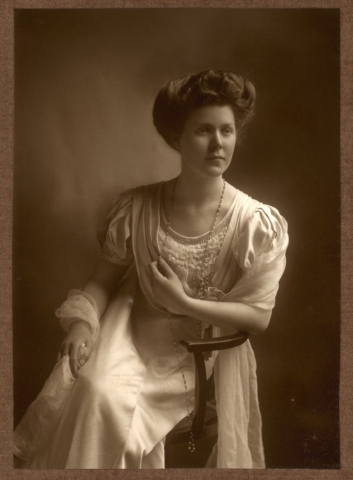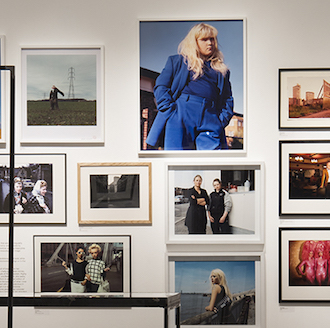Anarchy: Reflecting in the Armour
By Jo Phillips

AFGHANISTAN. Korengal Valley. 2007.
They always look so tough… but when they’re asleep they look like little boys. They look the way their mothers probably remember them.
How to present war offers a conundrum. An artist must decide if a war is most suitably represented by atrocities: the rising causalities, distressed citizens and charging, steely soldiers. Recently, Jake Chapman, Damien Hirst and other notable names customised AK-47s to raise awareness for the Peace One Day charity. They aimed to blunt an instrument of war and left connotations of the formidable weapon to make an impact.

AFGHANISTAN. Korengal Valley, Kunar Province. April 2008.
In Afterwards (Thames & Hudson) – a collection of photography collected by Nathalie Herschdorfer – well known disasters and war zones, such as the Srebrenica massacre, are similarly absent in documentation. Herschdorfer instead leaves the desolate remnants to present a battle.
Tim Hetherington has a different approach. The photographer (1970 – 2011) focuses on soldiers in the interim of combat to tell a story of their exhaustion and contrasted silence as they lie in wait for their next battle.
Set against the landscape of the Korengal Valley, Afghanistan the US soldiers who first appeared in the artist’s book Infidel will be shown at the Open Eye gallery in Liverpool between 6 September – 25 November in an exhibition entitled You Never See Them Like This.

AFGHANISTAN. Korengal Valley, Kunar Province. July 2008. ‘Doc’ Kelso sleeping.
The photographs are reproduced to varying scales and demonstrate the alienation of the soldiers in their baron, bloody landscape. It also documents the bond that develops between a infantry unit over the space of a year.
As a centrepiece a three-channel video installation Sleeping Soldiers is a contradiction of the travesties and discord that awaits the soldiers upon waking. The installation offers visitors the chance to watch a conversation between Tim Hetherington and his creative collaborator Sebastian Junger. The conversation sheds light on Hetherington’s approach to presenting war: allowing the tender humanity to radiate through the terrible actions.





